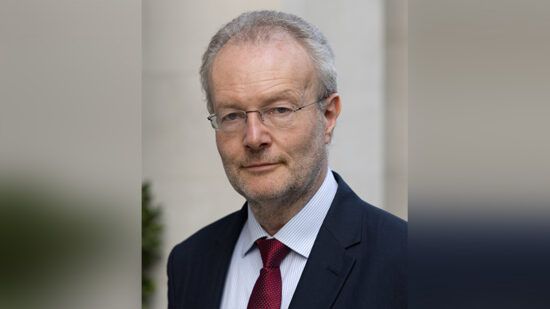Sustainable Standpoint is a new ESG Clarity series focusing on reflections of developments in ESG investing over the past year, and predictions for potential milestones in 2023.
In final part of this series, Mikkel Bates, Margarita Pirovska, Dan Kemp and Vicki Bakhshi discuss 2023 regulations, continued collaboration, direct indexing and physical climate risk.








